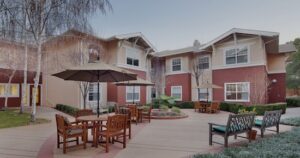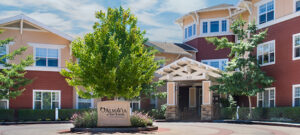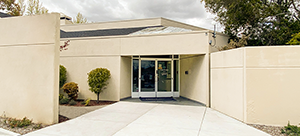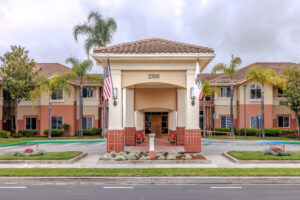A breakdown of demographics and trends related to assisted living
Beginning to navigate assisted living options can feel daunting at first, but it isn’t a path you travel alone. With more than 735,000 people nationwide in assisted living, there are thousands of adult children who have taken this same journey. Here’s a closer look at the seniors and their families who choose assisted living.
An Average Resident
More than half (54 percent) of all assisted living residents are over the age of 85. The next most common age group is 75-84 (27 percent). Nearly three-fourths of seniors in assisted living are female. Most residents (70 percent) come to assisted living from a private home or apartment. The average resident has two or three chronic conditions<, the most common being high blood pressure, Alzheimer’s disease and other types of dementia, and heart disease. Why Assisted Living
There are a variety of reasons that seniors move to an assisted living community. A common reason is for assistance with daily tasks. A typical resident is mobile and independent as possible; 38 percent receive help with two or three activities of daily living. The most common tasks that require assistance are meal preparation, managing medications, and bathing. Another reason seniors choose assisted living is to avoid depending on their families for care. About 41 percent of adults over 40 say they are concerned about becoming a burden to their families as they grow older. Only 36 percent of seniors said they would move in with a relative if they could no longer take care of themselves. Almost half said they would prefer to move to an assisted living community in that situation. Another important consideration is socialization and engaging in meaningful life enrichment.
Covering the Costs
In 2014, the average monthly rate for assisted living was $3,500 with levels of care added to the base rate as needed. A vast majority of residents, nearly 83 percent, pay for assisted living through private funds. For families unable to pay all of the cost on their own, there are several options to make assisted living more affordable. About 20 percent of residents are beneficiaries of Medicaid, which covers some of the costs of assisted living in 42 states, though not California. Long-term care insurance is another way to fund assisted living, but only about 10 percent of seniors have purchased such coverage and the benefits can vary widely from policy to policy.




















